On April 25, China launched the Shenzhou-18 spacecraft carrying three astronauts to the Tiangong Space Station operating in Earth orbit for a six-month mission.

The Long March 2F rocket carrying the Shenzhou-18 spacecraft lifts off from the launch pad at the Jiuquan Satellite Launch Center in northwest China on April 25, 2024. Photo: THX/TTXVN
The spacecraft was launched on a Long March 2F rocket from the Jiuquan Satellite Launch Center in northwest China.
According to the China Manned Space Administration (CMSA), the Shenzhou-18 crew includes three astronauts Ye Guangfu, Li Cong and Li Guangsu, with Ye Guangfu as the commander.
Lin Xiqiang, deputy director of CMSA, said the crew will use scientific laboratories and space operations support equipment to conduct more than 90 experiments in the fields of fundamental physics in microgravity, space materials science, space biology, space medicine and space technology. A unique task for the three astronauts is to create an "aquarium" and raise fish in zero gravity.
Astronauts will create a simplified version of an aquatic ecosystem using zebrafish and algae to study how the space environment affects their growth and balance.
The "fish tank" has a volume of 1.25 liters and can hold four small fish. But if the experiment is successful, it will be a significant breakthrough in raising vertebrates in China's space program.

The Long March 2F rocket carrying the Shenzhou-18 spacecraft was launched from the Jiuquan Satellite Launch Center in northwest China on April 25, 2024. Photo: THX/TTXVN
The astronauts will also conduct a plant cultivation experiment. The goal is to analyze changes in the function and gene expression of plant stem cells in microgravity. According to scientists, this research will provide a theoretical basis for studying crops that can adapt to space conditions.
More than 100 Arabidopsis seeds will be grown and nurtured in space for about four weeks. The crew on the space station will freeze them at -80 degrees Celsius in real time and bring them back to Earth for further analysis and study.
In addition to the two experiments involving fish and plants, the crew will also conduct molecular research on the common origin of proteins and nucleic acids, as well as the origin of the genetic code triplets. They will also test newly developed spacecraft coating materials.
Source



![[Photo] Lam Dong: Images of damage after a suspected lake burst in Tuy Phong](https://vphoto.vietnam.vn/thumb/1200x675/vietnam/resource/IMAGE/2025/11/02/1762078736805_8e7f5424f473782d2162-5118-jpg.webp)

![[Photo] President Luong Cuong receives US Secretary of War Pete Hegseth](https://vphoto.vietnam.vn/thumb/1200x675/vietnam/resource/IMAGE/2025/11/02/1762089839868_ndo_br_1-jpg.webp)
















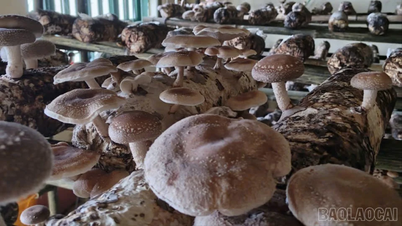
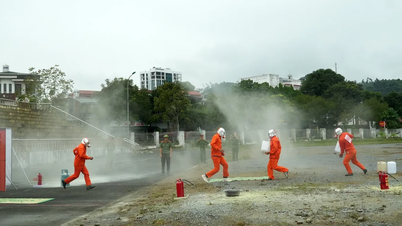
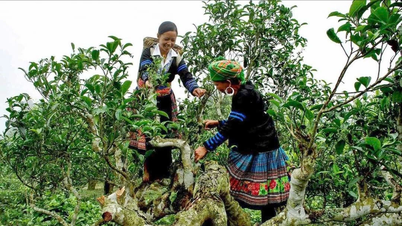






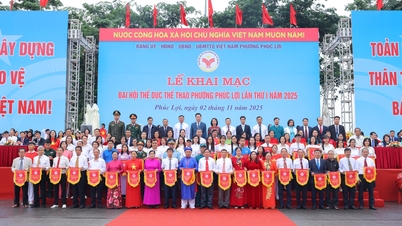
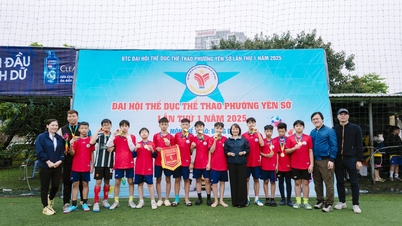




































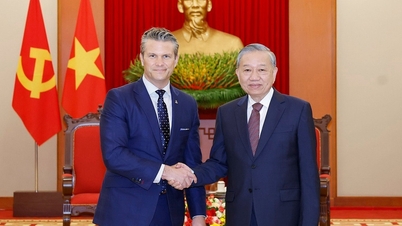

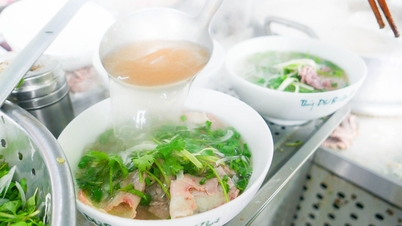

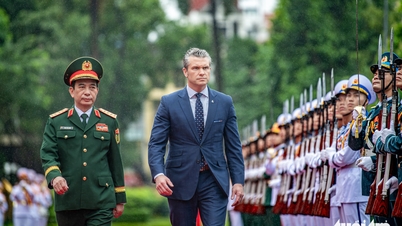





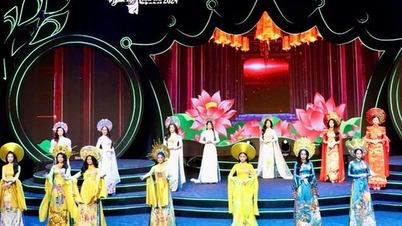








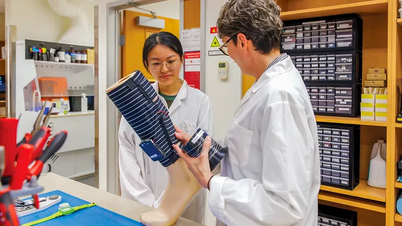
















Comment (0)